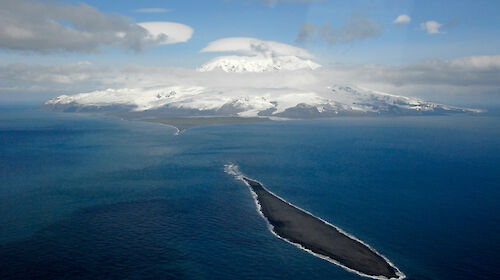Expedition leader, biologist Dick Williams, said that pictures revealed a diverse array of animals on the sea bottom including commercial species Patagonian toothfish and mackerel icefish, as well as octopus, spectacular gardens of feather stars, sea anemones and soft corals.
“This is the first time scientists have been able to look deep into this part of the Southern Ocean, the world’s most powerful ocean.
“Our use of this equipment was really a test run to see if it would do what we wanted. Until now we’ve only been able to guess at what it might look like, so we’re thrilled by the pictures of these bottom-dwelling invertebrates and fish in their natural habitats,” he said.
Twenty-four scientists and support personnel aboard Aurora Australis were part of the first simultaneous land-sea research program on the marine food web of Heard Island in collaboration with 28 colleagues based on the island.
Mr Williams said that the information collected would be vital in helping to ensure that the Heard Island food web would not be affected by commercial fishing in the region.




